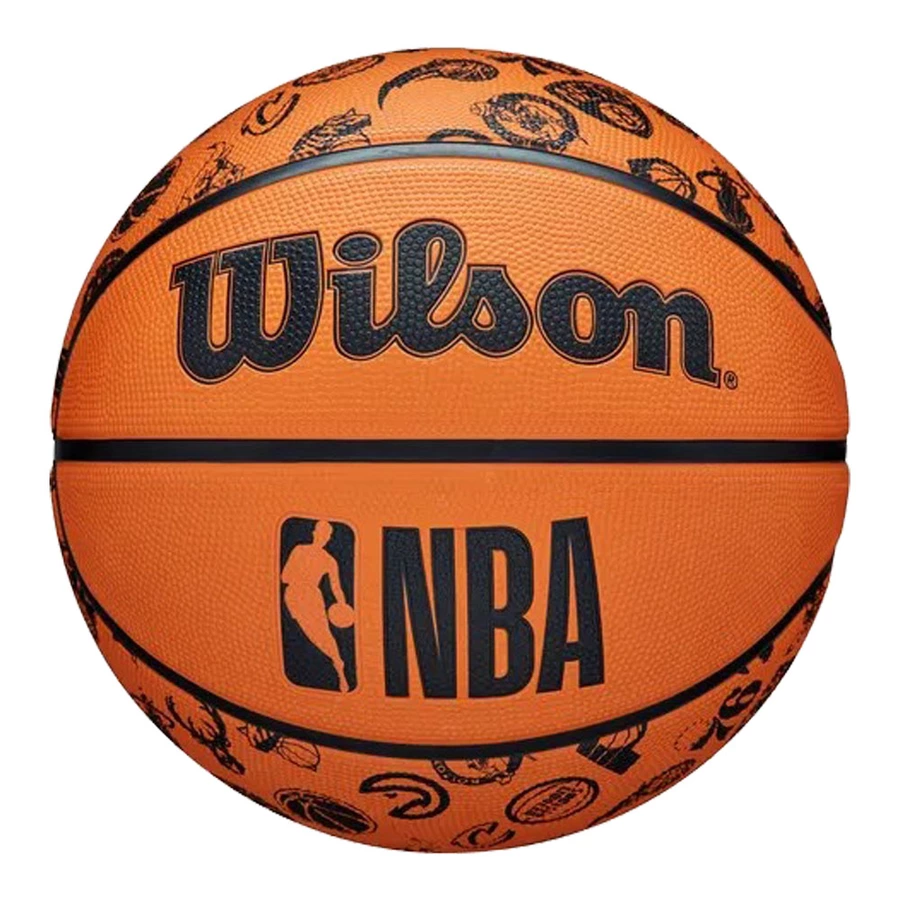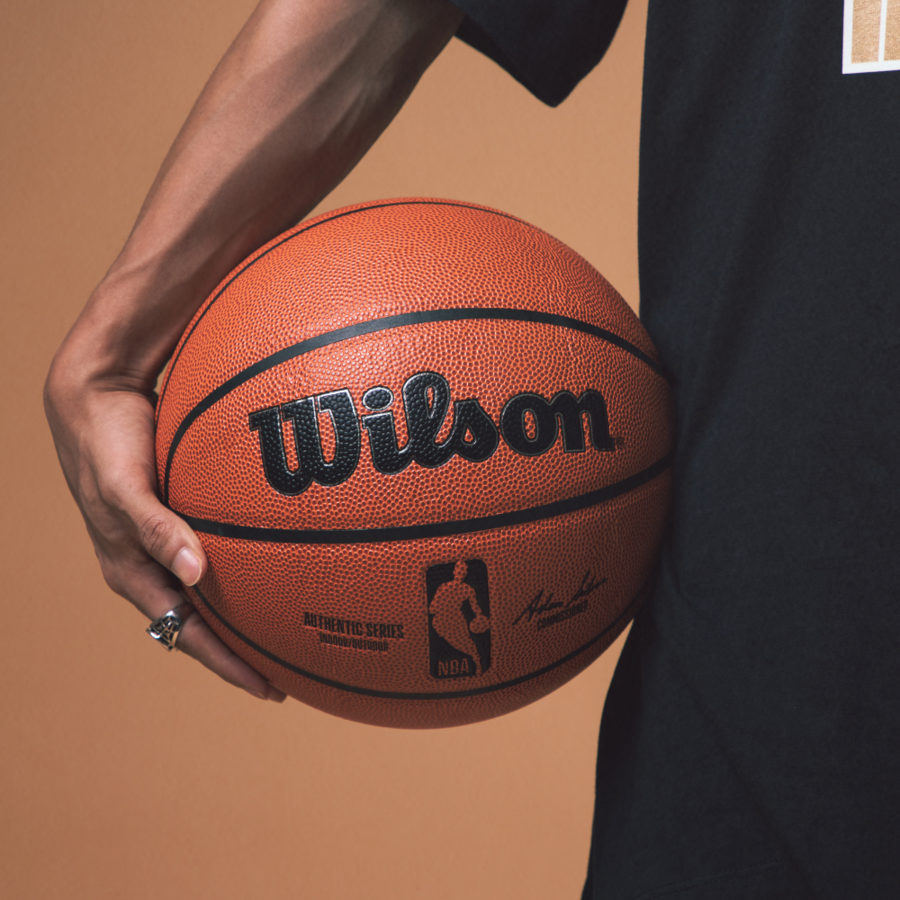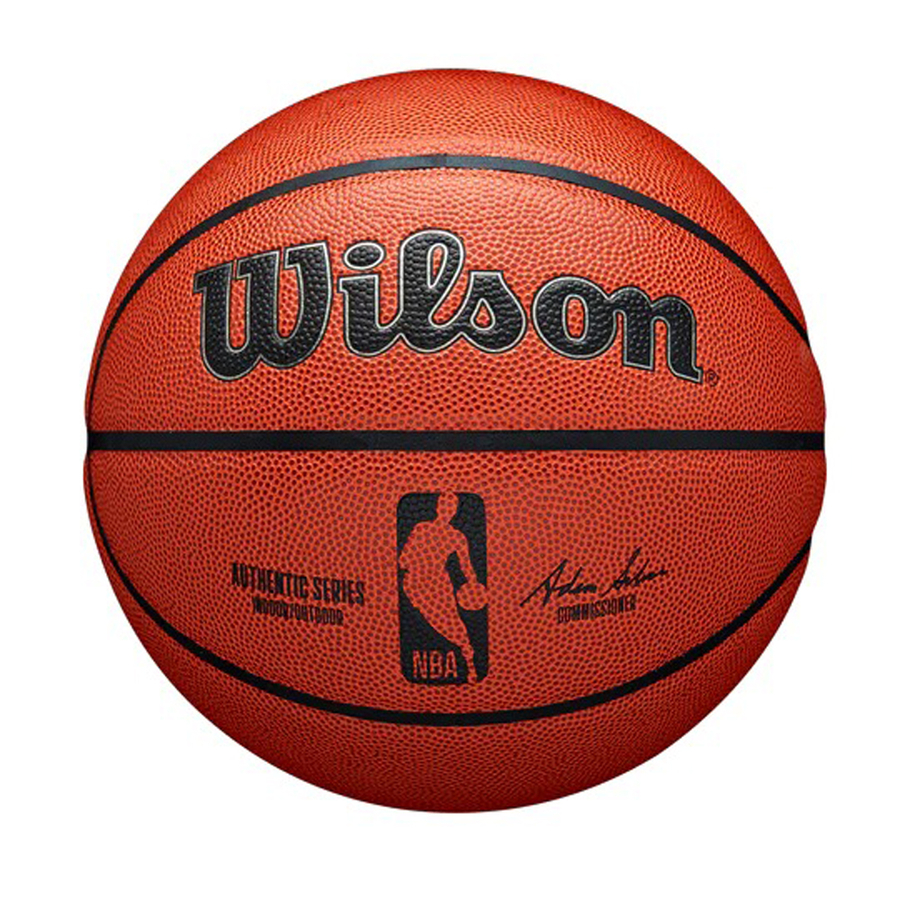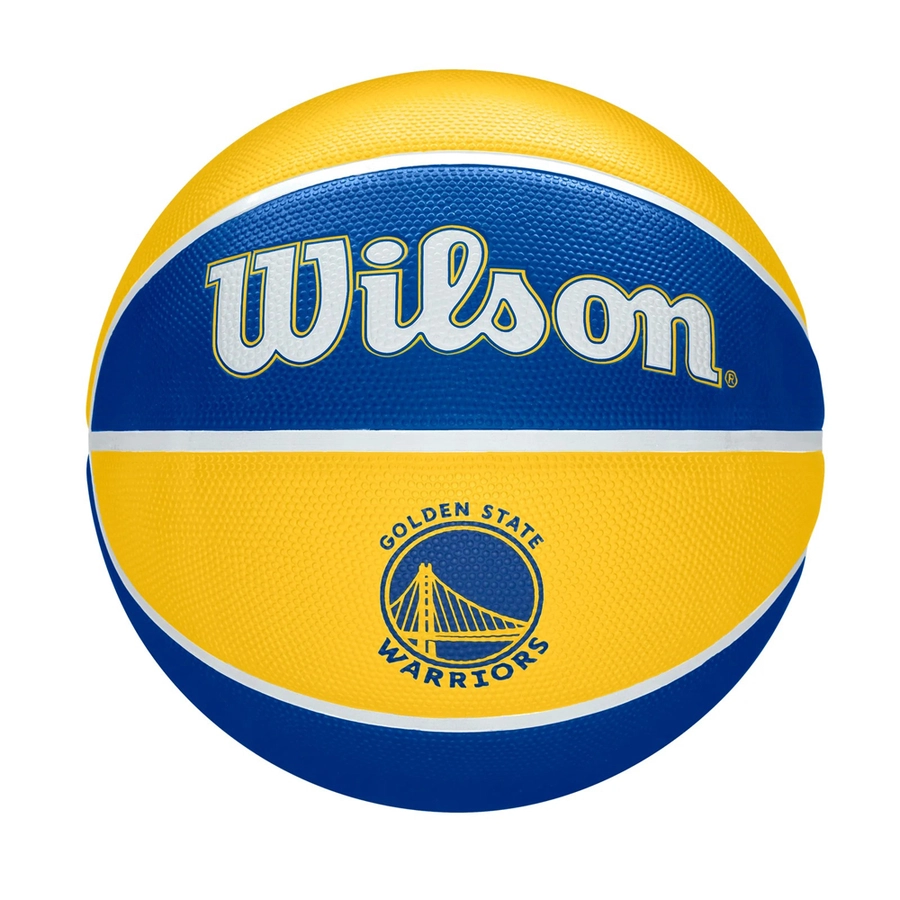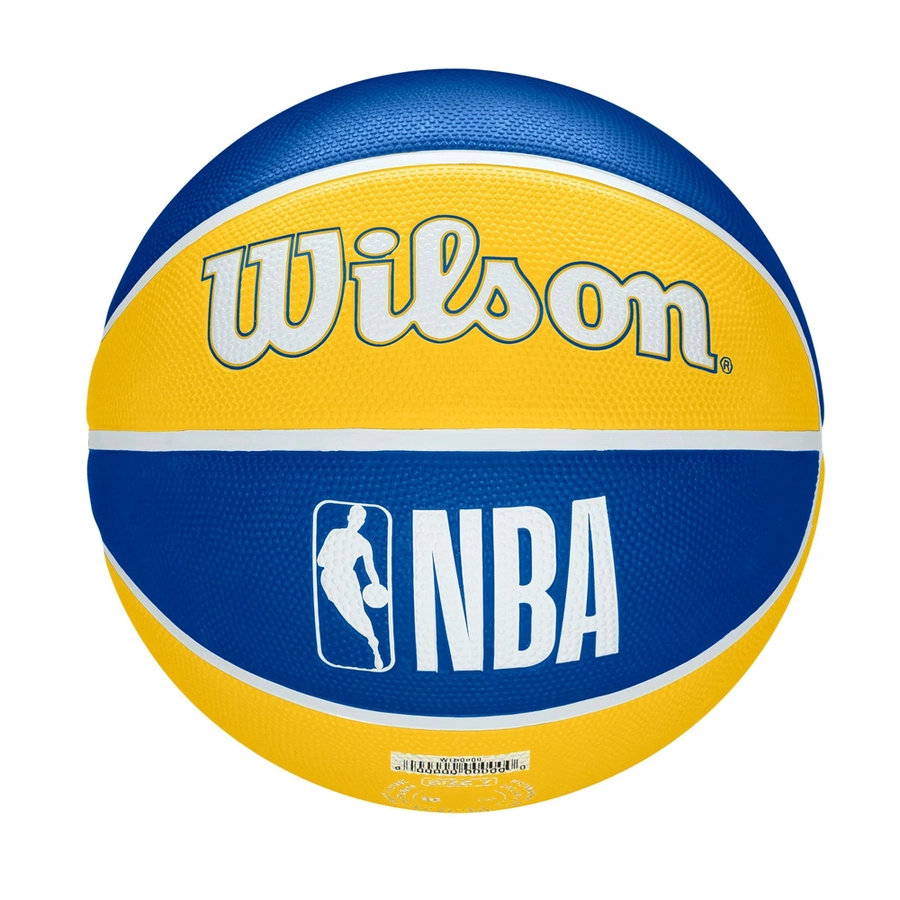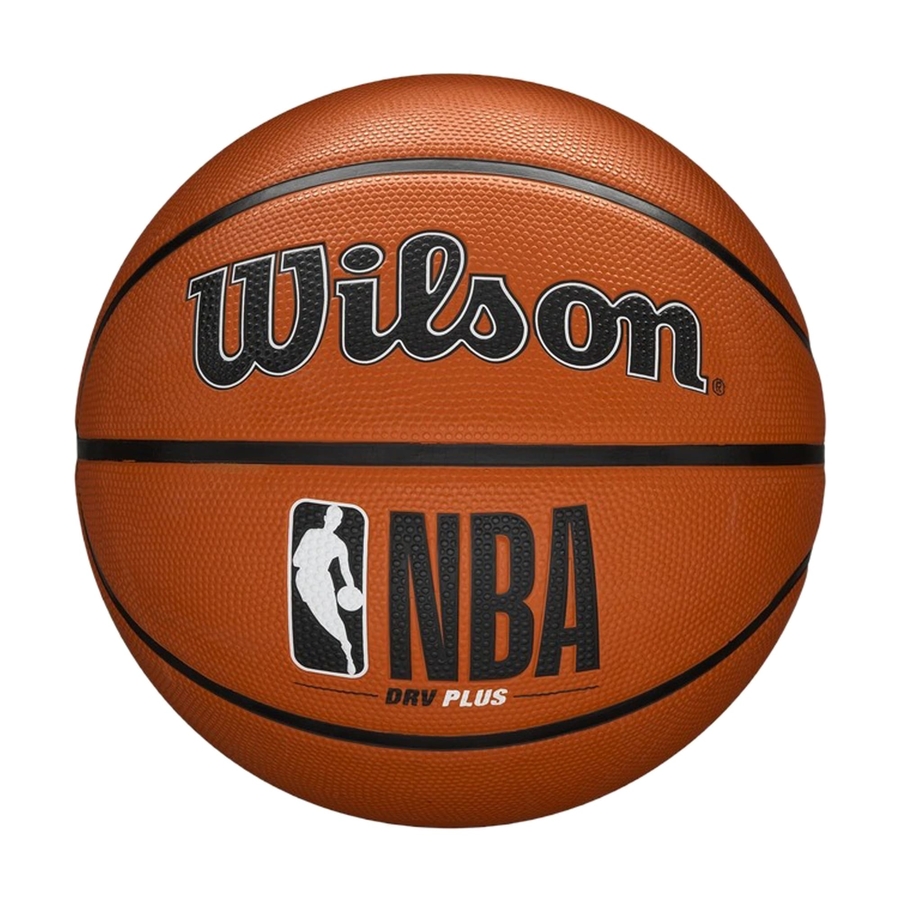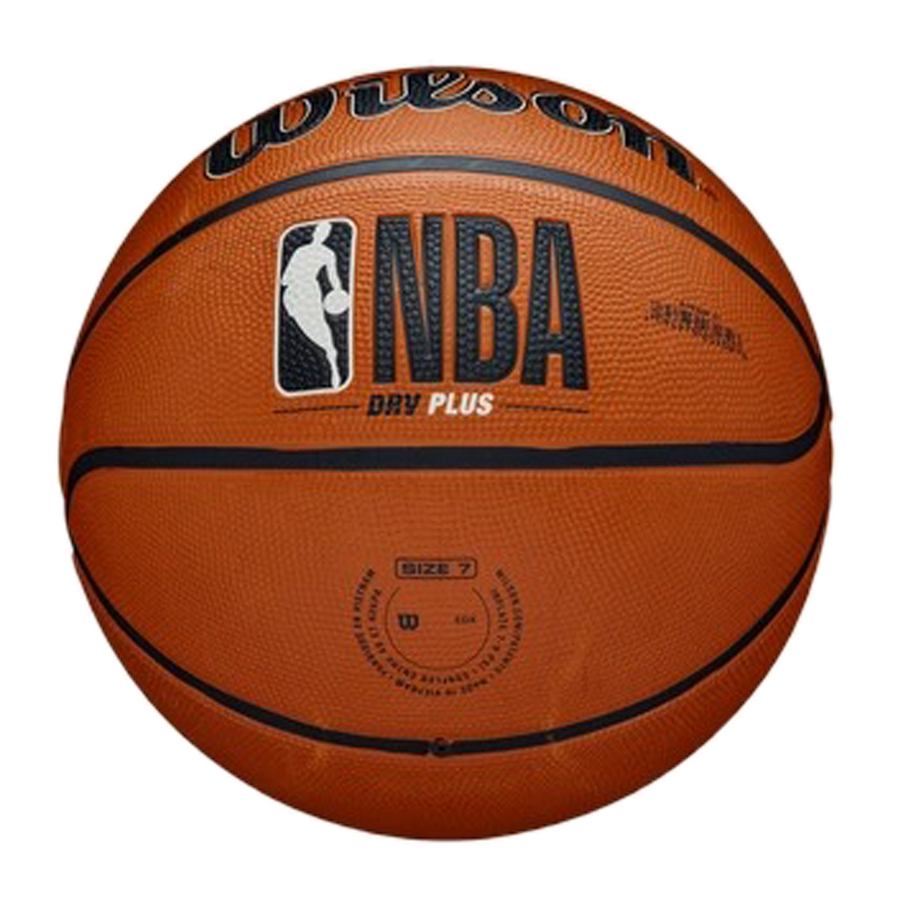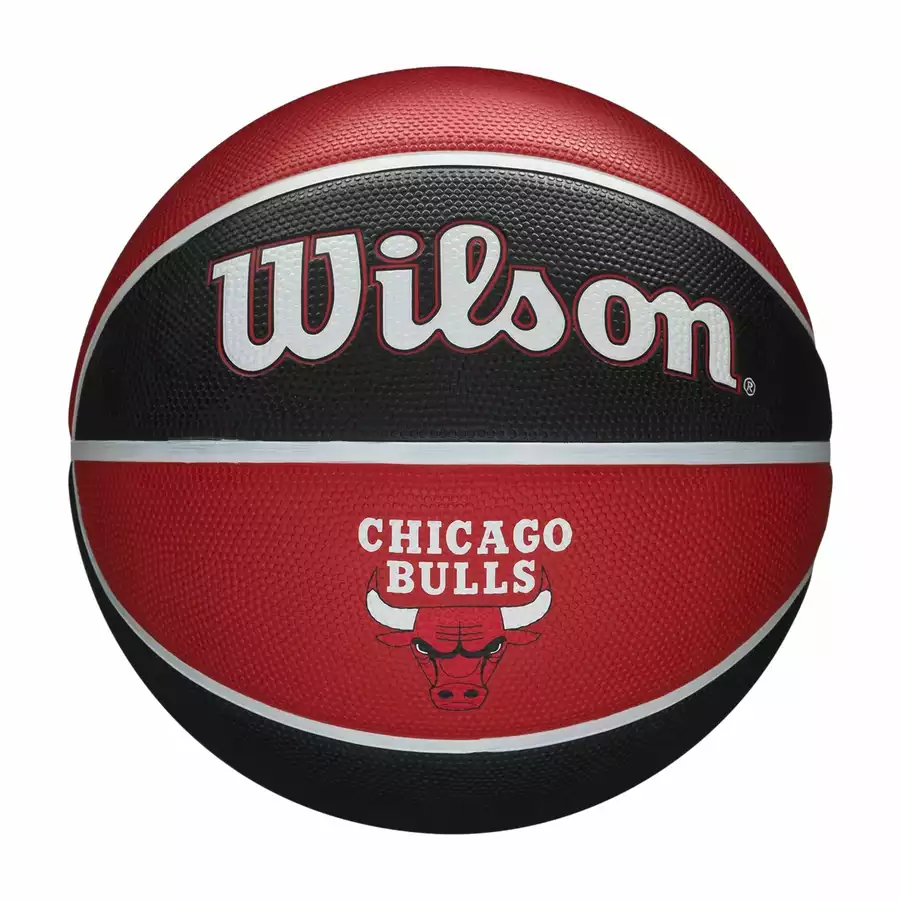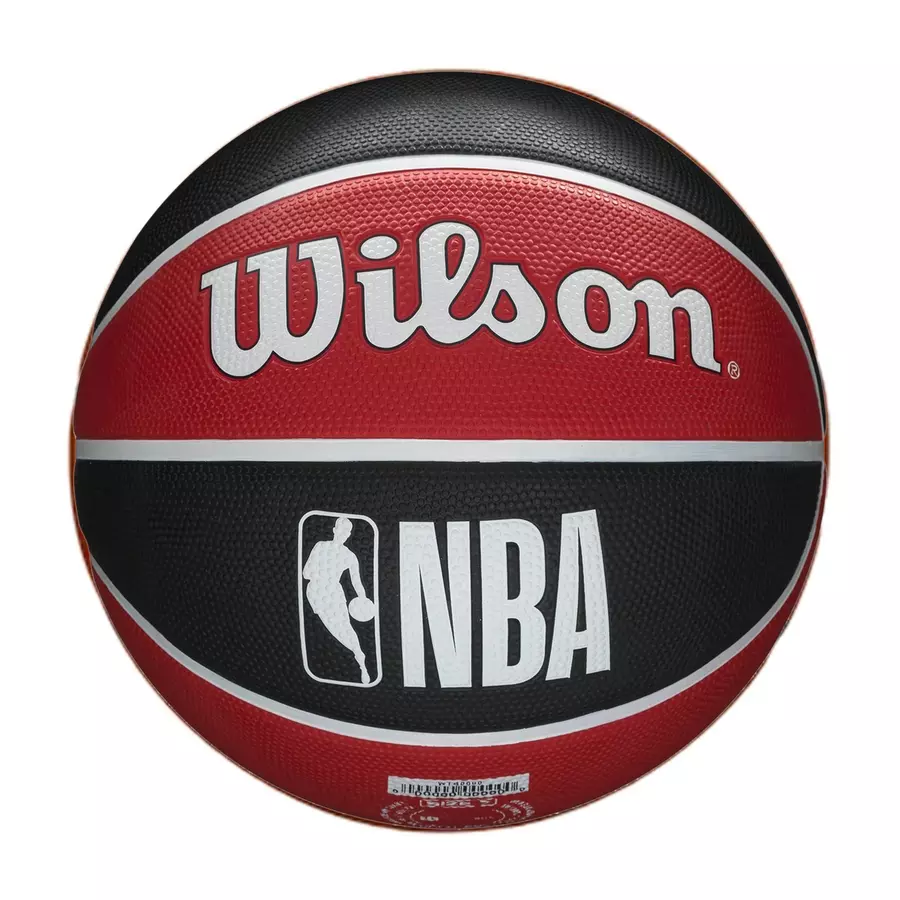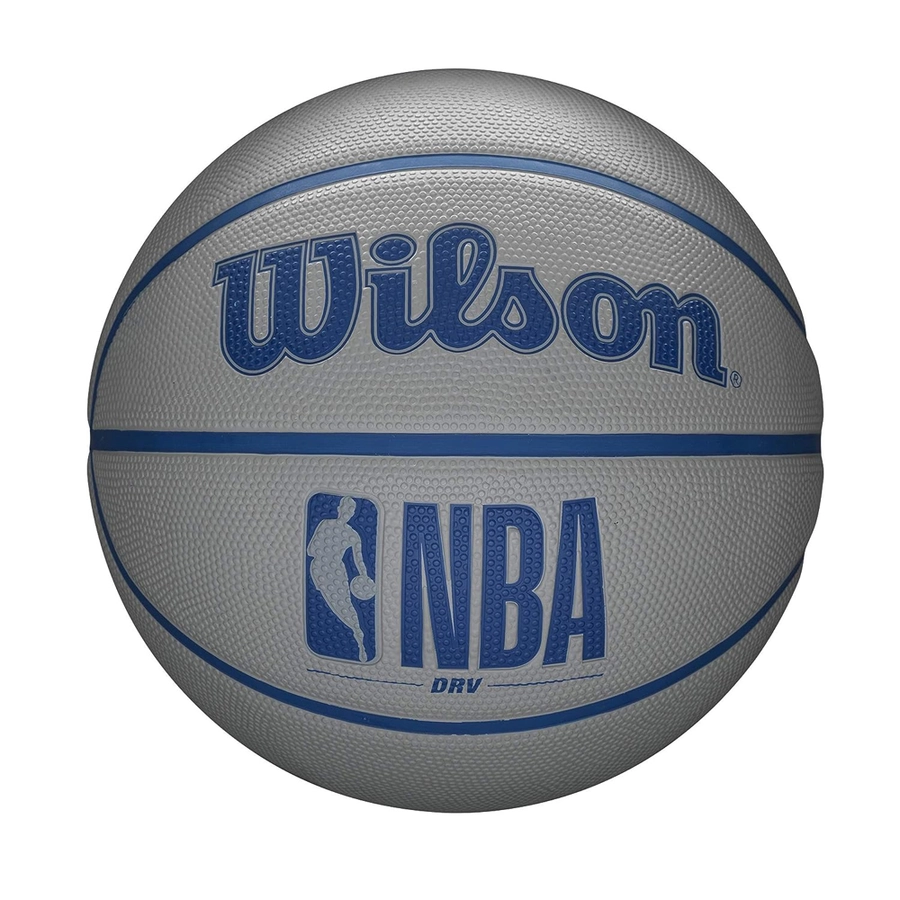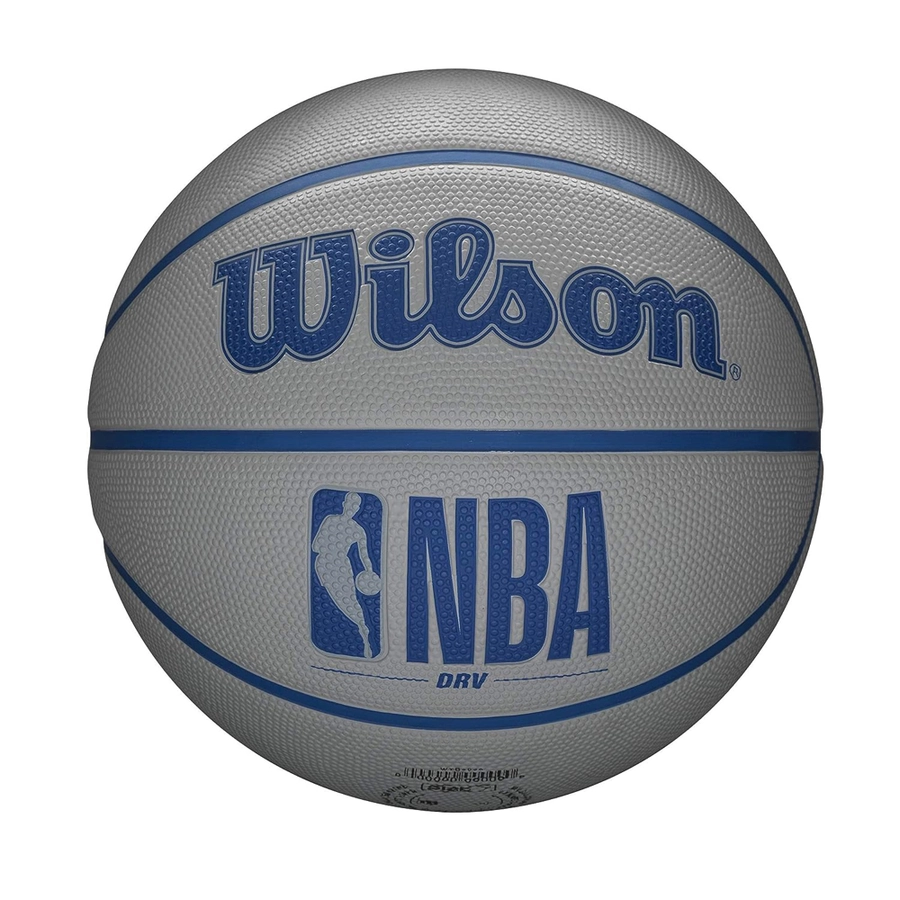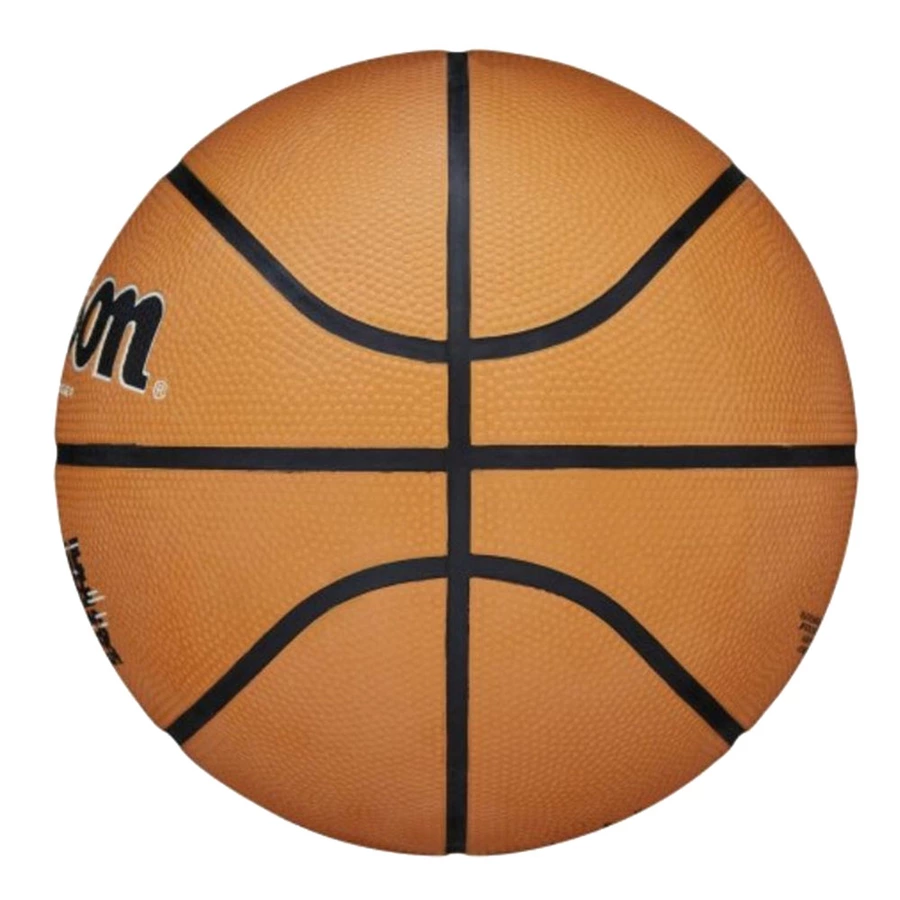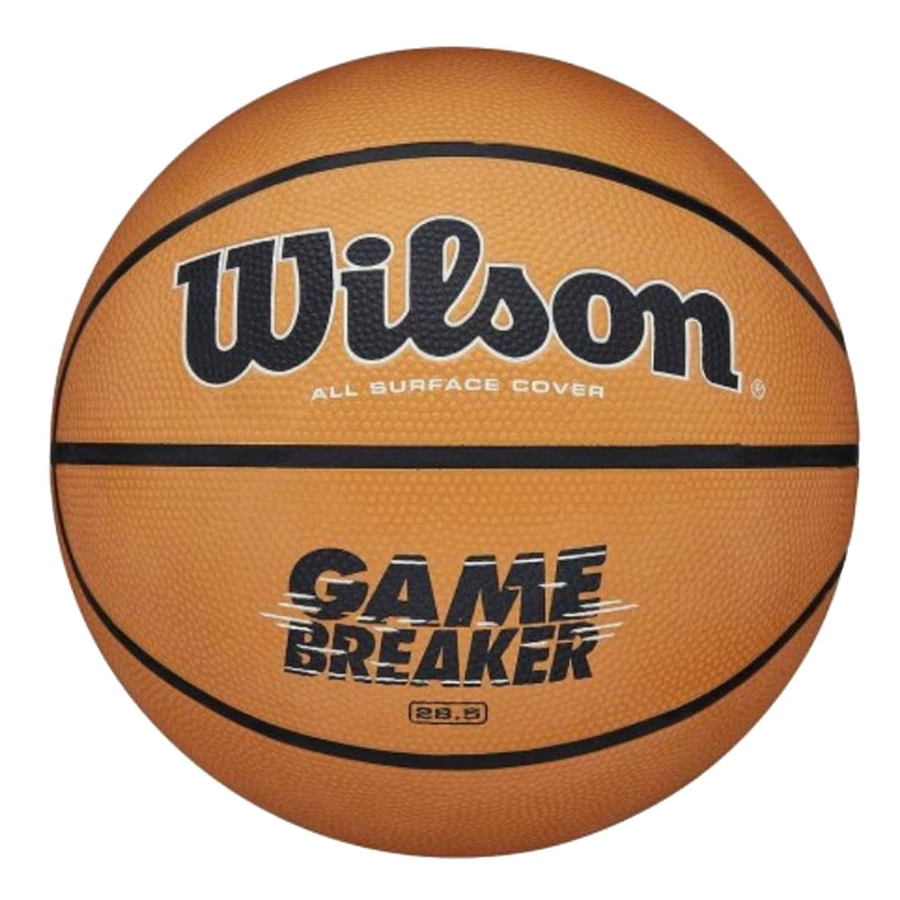Sort By
-
-
-
New ArrivalsBestsellers2024/25 Season Jerseys & T-shirtsSignature Basketball ShoesExclusive Kobe MerchOversized T-shirtsE-Gift Card
-
LeBron JamesStephen CurryGiannis AntetokounmpoJa MorantKyrie IrvingLuka DoncicJayson TatumAnthony EdwardsNikola JokicKevin DurantLamelo BallDevin BookerZach LavineVictor WembanyamaJimmy ButlerKobe BryantTrae YoungKawhi LeonardT-Shirts
-
Basketball ShoesSlidesSneakersJerseys
-
T-ShirtsJerseysShortsJackets & HoodiesPants & JoggersBasketballsHeadwear
-
Backpacks & Duffel BagsHead & Wrist BandsWater BottlesEquipmentSocks
-
NikeJordanNBAWilsonNew EraMitchell & NessPumaAdidasUnder ArmourOr Get OTPFiltersSort
Loading more products
How to inflate a basketball : Step-by-Step GuideStep 1: Insert the Needle
Choose a reliable air pump designed specifically for inflating sports balls.Take the inflation needle and insert it into the valve of the basketball. The valve sits near the bottom of the ball. Ensure the needle fits snugly into the valve to prevent air leaks during inflation.
Step 2: Begin Inflating
Connect the pump to the needle and begin inflating the basketball.
Step 3: Check the Pressure
Occasionally pause inflating the basketball and monitor the pressure with the aid of the pressure gauge. Most basketballs have a recommended pressure range, between 7-9 psi (pounds per square inch). Our recommendation is 8 psi. We encourage you to take the step and use a gauge; we know it’s tempting to air up the ball without one, but over-inflation can really damage the integrity of the ball and it will not perform to standard. Extreme over-inflation can cause the ball to explode, which may result in severe injury.
Step 4: Test Bounce
Once you've reached the desired pressure, remove the needle from the valve. Gently bounce the basketball on a flat surface a few times to check the ball’s inflation. It should have a consistent bounce and feel responsive.
Step 5: Final Check
After the initial bounce test, inspect the ball once again for any signs of air leakage or unusual behavior. If the ball loses pressure quickly, it might indicate a problem with the valve or a leak.
Step 6: Correct Storage of Basketball
Once you have finished inflating your basketball, it's advisable to store it in a room with a regulated temperature. Try not to store it outdoors or in a vehicle. Such conditions can lead to the ball deflating and reduce its lifespan.
Sort|FiltersErrorTERMS AND CONDITIONSThis website uses cookiesThis website uses cookies to improve user experience. By using our website you consent to all cookies in accordance with our Privacy Policy.Thank you for subscribing!
-
-

